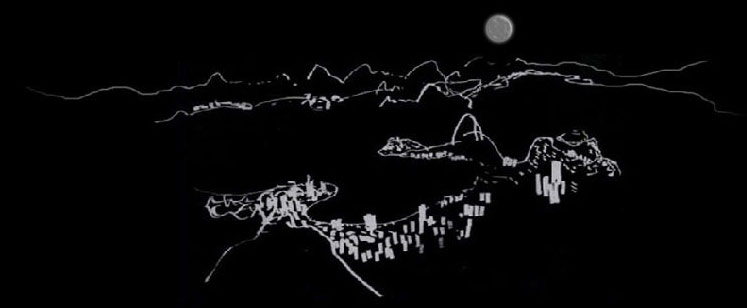| Cápsulas |
| Reading of Rio |

Seen from Sugarloaf Mountain, Christ the Redeemer, or an airplane, Rio de Janeiro, this seemingly mythical city, appears to be a whole, broken into multiple fragments. The urban structure of Rio represents an anti-classical form of occupying a territory: Portuguese heritage with African influences, sprawled across a uniquely powerful landscape. With each change that relates to political, economic, and social issues or those of transportation and communication, new sectors and industries replace the old, reconfiguring urban nodes. Rio´s urban form, with its enormous “green heart,” cannot be defined in traditional terms. It does not have a center, nor is it radio-centric, and its faces are continually opposing: the oceanfront or lakefront to the slums on the hills near and far; luxury buildings a few meters away from squalid streets… But in its diversity and lack of homogeneity, its beauty and its chaos, it can redirect its urban future in a positive sense, depending on the ethics that guide our conceptions and our actions...
Jorge Mario Jáuregui